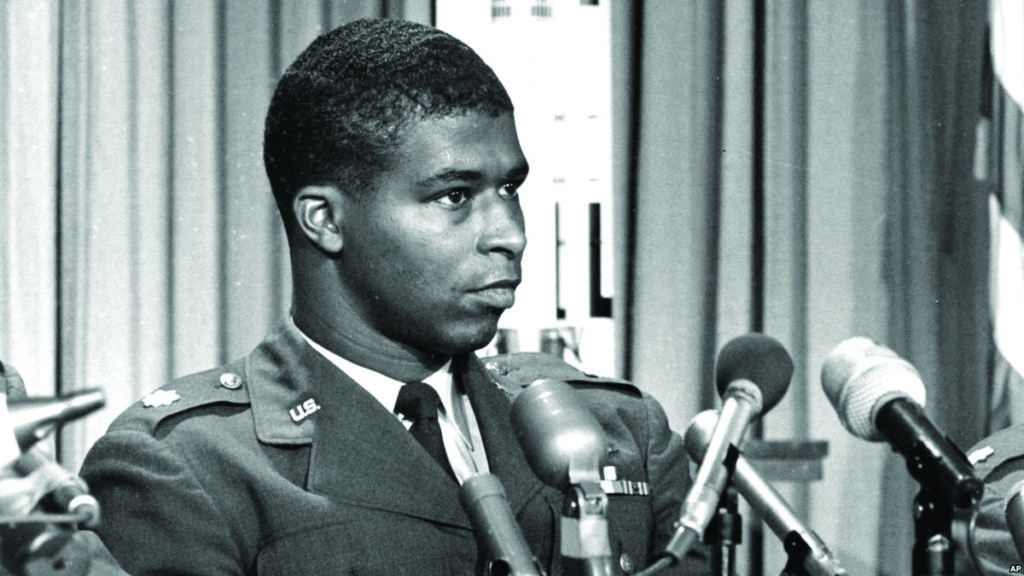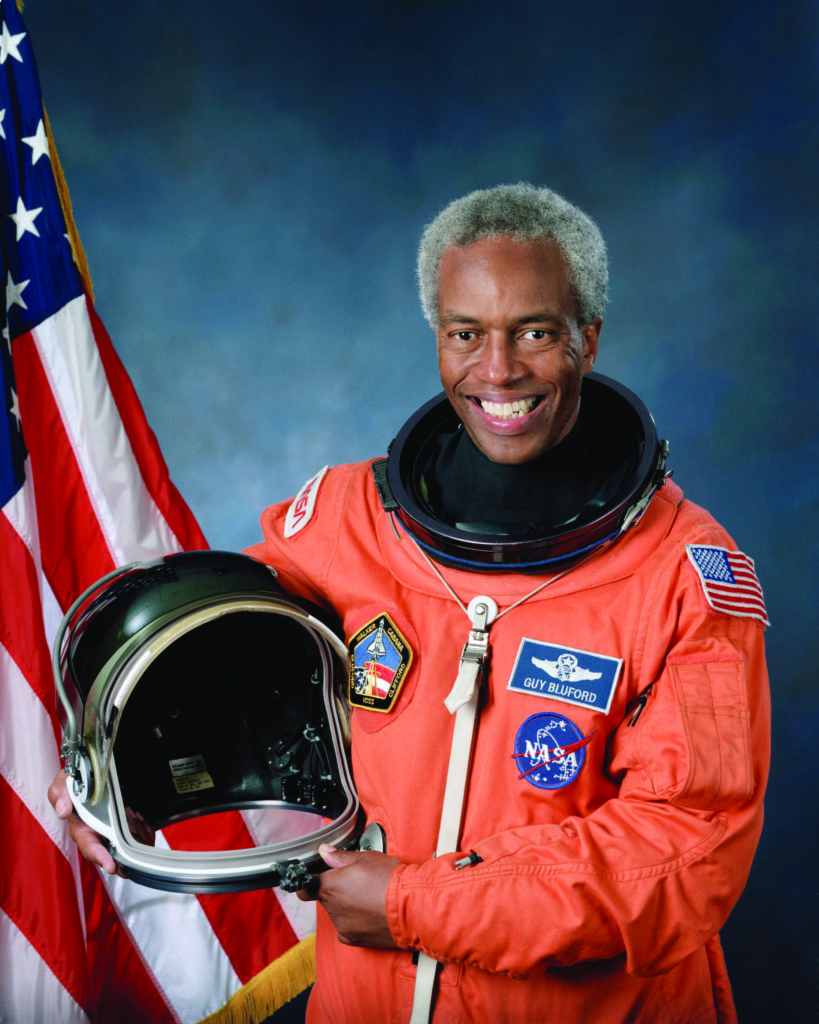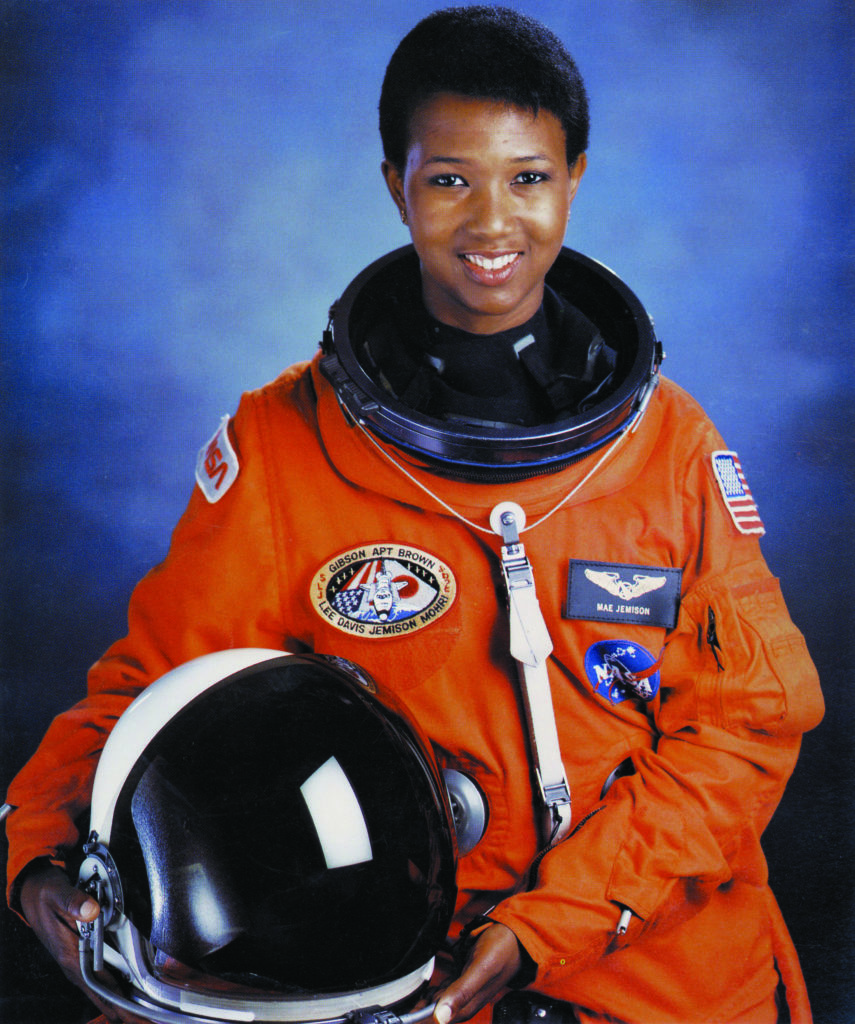Heroes of Space: Robert Lawrence
by Scott Dutfield · 26/01/2021

Major Robert Lawrence Jr was a true pioneer of aerospace research, but he remained largely unknown for decades after his life was tragically cut short.
Growing up in a poor neighbourhood in Chicago, Lawrence showed an early interest in science, requesting a bigger and more advanced chemistry set for Christmas each year. This, teamed with a deep passion for model airplanes, meant young Robert was destined for a career as an astronaut.
After graduating from the US Air Force (USAF) Test Pilot School with 2,500 flying hours under his belt, Lawrence was a natural fit for the Manned Orbiting Laboratory (MOL) programme, a joint project between the USAF and the National Reconnaissance Office. He became the first African-American astronaut selected by any space programme when he was recruited as a member of the third group of aerospace research pilots for the MOL programme.
At the time the civil rights movement was still ongoing in the US and racial segregation was rife, but Lawrence remained remarkably modest about his achievement: “This is nothing dramatic,” he said. “It’s just a normal progression. I’ve been very fortunate.”
Not only had Lawrence become the first African-American astronaut, he was also the only selected MOL astronaut with a doctorate, having obtained a PhD in physical chemistry from The Ohio State University. His curiosity for science had led him to dream of exploring space and learning more about the universe, but sadly he never made it into orbit.
Just six months into his training for the MOL programme, Lawrence was killed in a plane crash at Edwards Air Force Base in California. He had been serving as an instructor for another pilot practising landing techniques that would later be used in the Space Shuttle programme, but the F-104 Starfighter they were flying hit the runway too soon. Both pilots ejected from the crash, but although the trainee escaped with major injuries, Lawrence died instantly.
Two years later the MOL programme was cancelled, and several of its members were transferred to NASA to fly on Space Shuttle missions. If he had lived, Lawrence would surely have joined them.
Despite being recruited for a space mission, Lawrence was initially not formally recognised as an astronaut, as he never met the criteria of flying 80.5 kilometres above the Earth. Because of this his name was left off the Astronauts’ Memorial Foundation’s Space Mirror at the Kennedy Space Center, a national memorial dedicated to those who had lost their lives in US space programmes, and his legacy was in danger of being forgotten.
However, in 1997, after decades of bureaucratic struggle, his name was finally inscribed and his incredible achievement as a space pioneer was rightfully honoured.
The big idea: The manned Orbiting Laboratory programme
Announced to the public in 1963, the MOL programme was pitched as a series of space missions to figure out the ‘military usefulness’ of putting humans into space. However, the actual purpose of the mission was classified, as it was really intended for spying on the Soviet Union. The plan was to launch a series of mini space stations, each occupied by two-man crews, into low-Earth orbit to obtain high-resolution photographs of America’s Cold War adversaries. The programme was cancelled in 1969 before any launch took place as developments in unmanned surveillance systems became more cost-effective.
In Lawrence's footsteps

Guion (Guy) Bluford
It took another 16 years after the death of Robert Lawrence for an African-American to finally make it into space. Philadelphia-born Guy Bluford was accepted into NASA’s astronaut training programme in 1978 and flew aboard the Space Shuttle Challenger for the first time in 1983. He completed three more NASA missions – compiling 688 hours in space – by the time of his retirement in 1993.

Dr Mae Jemison
After working as a general practitioner and Peace Corps medical officer, Dr Jemison of Alabama made a career change and applied for NASA’s astronaut training programme. In 1987 she became the first African-American woman to be accepted into the programme and in 1992 flew into space aboard the Endeavour mission, becoming the first African-American woman to go into space.
This article was originally published in How It Works issue 112, written by Jo Stass
For more science and technology articles, pick up the latest copy of How It Works from all good retailers or from our website now. If you have a tablet or smartphone, you can also download the digital version onto your iOS or Android device. To make sure you never miss an issue of How It Works magazine, subscribe today!





